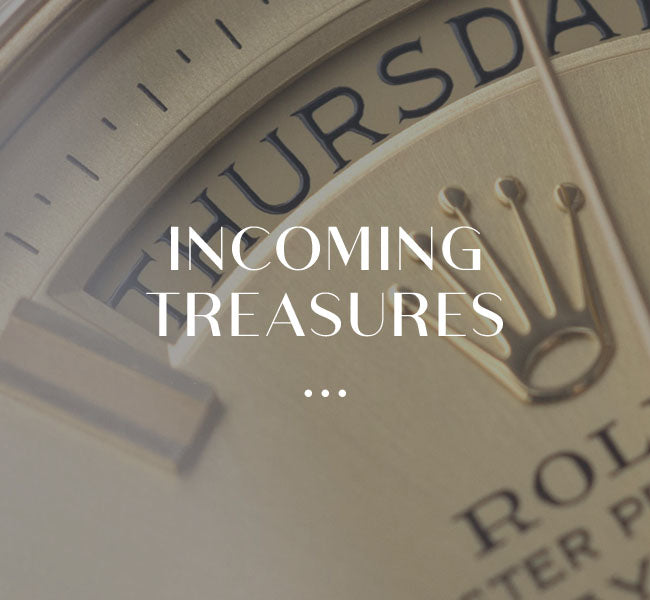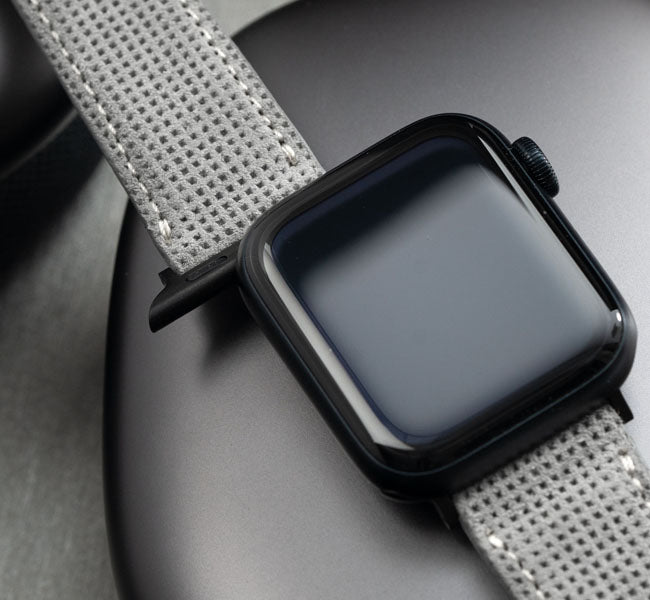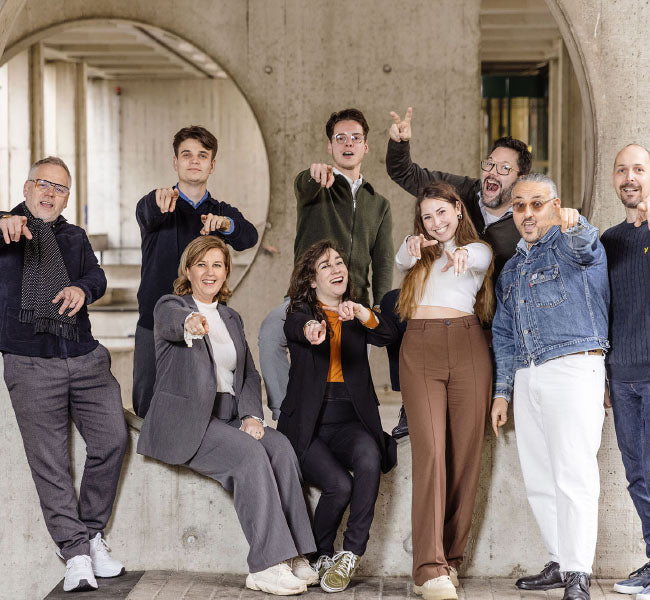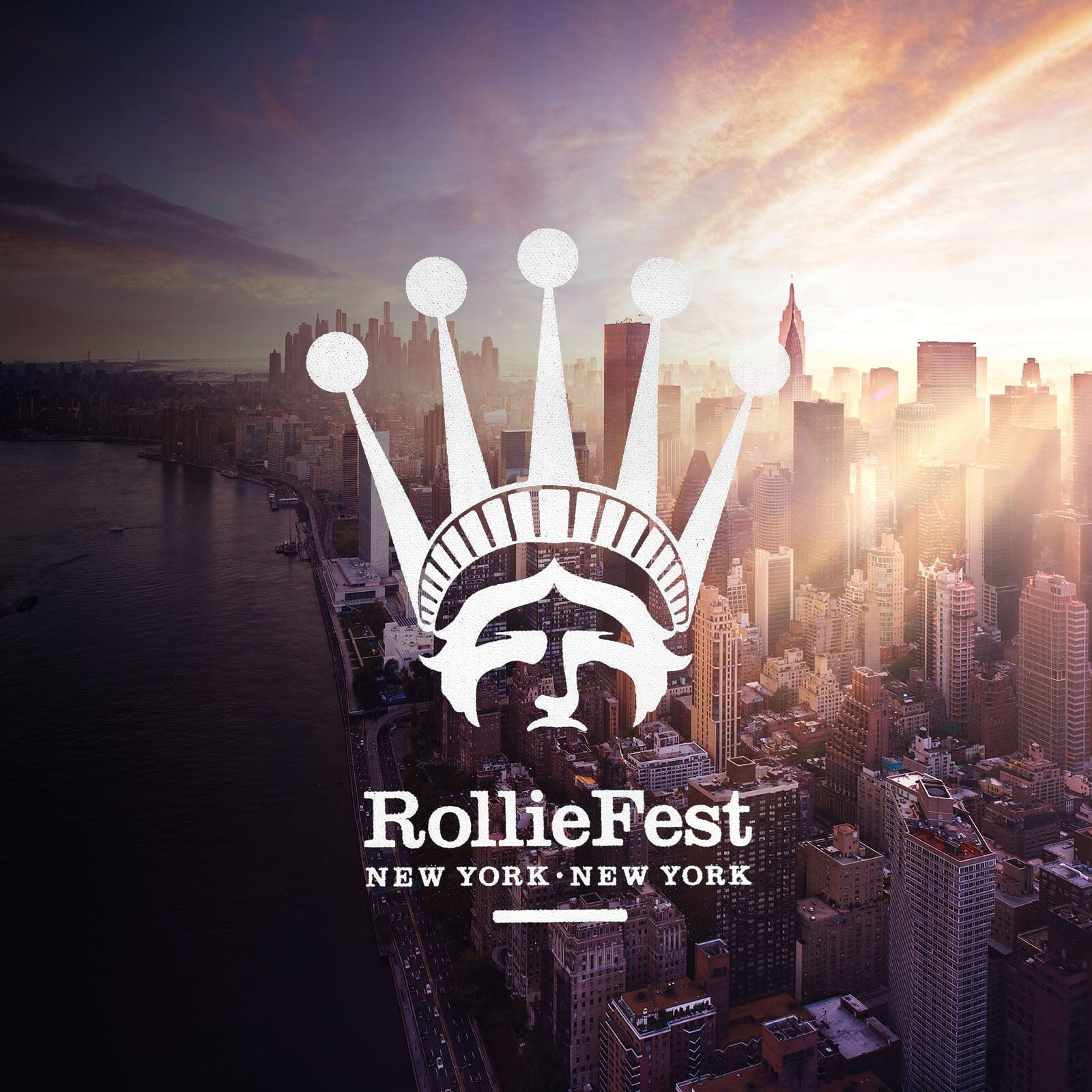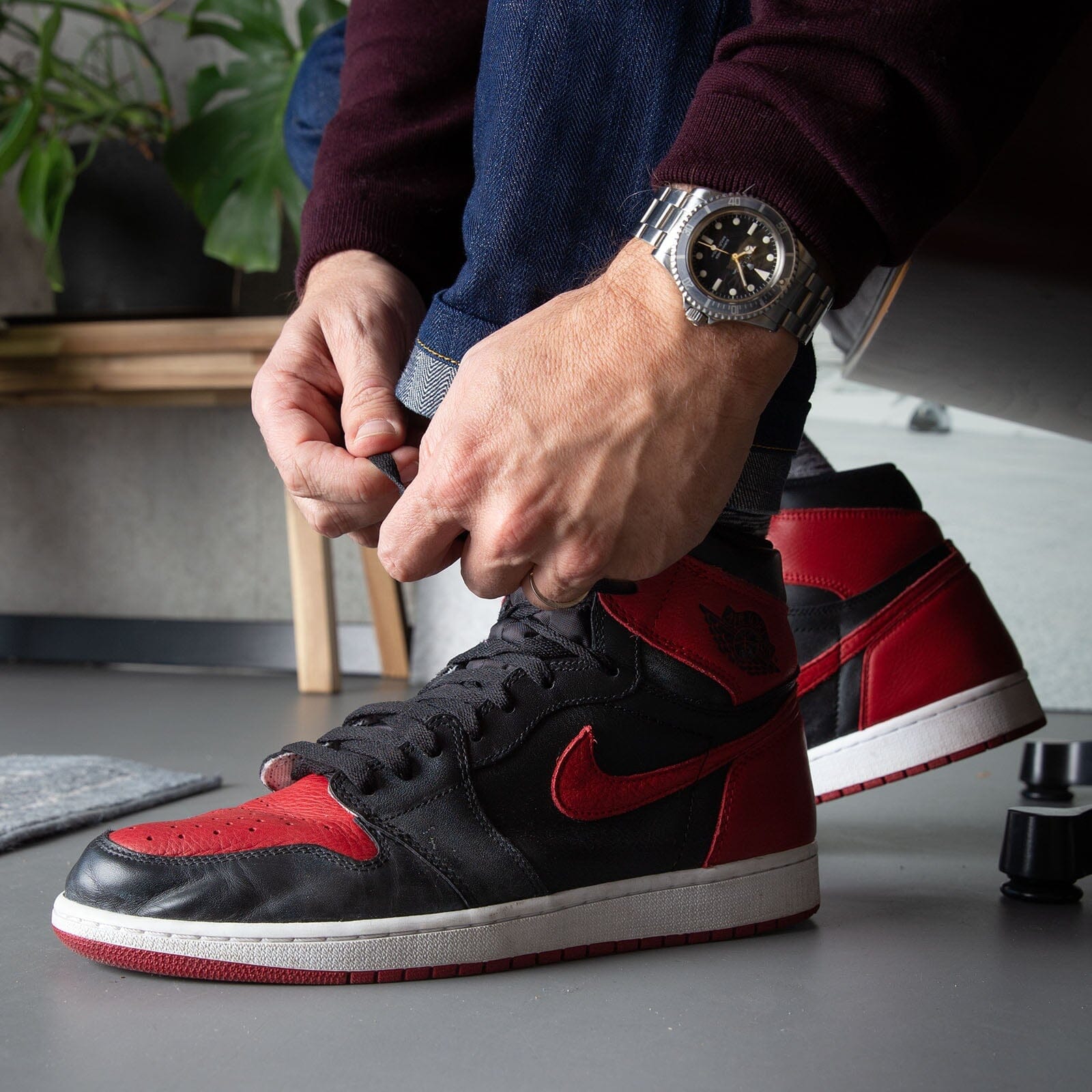
Bleeding Black and Red: Examining the Iconic Air Jordan 1 ‘Bred’ and its Relevance in Style Culture
Jordan. The name is synonymous with Athleticism. With greatness. With style. Arguably, no athlete has left a greater impact on the game than Michael. Undoubtedly, no athlete has left a greater impact on style. Jordan Brand is as iconic as Nike itself and the Jump Man has become an internationally recognized symbol of sartorial street swagger. Even those who didn’t watch Michael play during his championship seasons in Chicago understand that the silhouette of a man soaring through the air with an outstretched arm and ball in hand, represents the best. It represents a champion. The black and red colourway applied to sneakers and apparel is inseparable from the brand and inextricably linked Michael to the city he called home for many years. Off the court, the success of Jordan Brand wasn’t only down to the man himself; his decades long partnership with innovative Nike designer Tinker Hatfield is a partnership that forms the foundations of what we recognize as iconic street style. But the partnership which would launch Jordan Brand into the stratosphere didn’t begin until later in this storied tale.

Defining the last three decades in sneaker culture
While the debate rages on amongst sneakerheads as to which Jordan silhouette is the greatest, none have had more longevity and impact than the first. The Jordan 1 is to the brand what the Big Mac is to McDonalds. It’s the core. 35 years on and cemented as an icon of style, the Jordan 1 is a classic. It deserves its place in the style hall of fame alongside the Converse Chuck Taylor, the Red Wing Moc Toe, or the Trickers Brogue. Not just a sneaker for the street, to be worn ‘on the block’, or on the court, it belongs on everyone’s feet and in each man’s wardrobe. Dressed up or dressed down, the Jordan 1 is a silhouette that appeals to all. From streetwear to high fashion, the shape of the Jordan 1 is a mainstay, it has influenced and shaped countless imitations, with it silhouette being the foundations for any high top sneakers. There are few other sneakers which are equally at home on the runways of Paris during Fashion Week and curtsied in Queens. It is this universal appeal, which is a direct result of the Jordan 1’s iconic profile that has defined the last three decades in sneaker culture.

A quick Google search shows everyone from Jay Z to Justin Timberlake and David Beck to Lebron James wearing the sneaker, alongside a whole host of collaborations and limited editions too long list. While the Union Jordan 1 or Travis Scott ‘backwards swoosh’ might be the most sought after amongst sneakerheads (and for good reason), it’s hard to beat the classics. True to Michael’s beginnings in the NBA and his beloved Bulls, the black and red colourway or ‘Bred’ as they’re colloquially known in the sneaker world, is the most iconic and instantly recognizable makeup of the Jordan 1. But to appreciate the relevance of the sneaker, it’s necessary to understand its context. So we’re going to flip through the history books and rewind the clock to explain why this is something you need in your rotation. And just why was the colourway ‘banned’ by the NBA?

In 1984 a young Michael Jordan was the third pick in the first round of the NBA draft at Madison Square Garden, New York. Generally acknowledged as one of the greatest drafts in NBA history (with five hall of famers selected overall), it would be a significant step in sealing the fate of ‘His Airness’ and the unbeknownst at the time, the fate of street style for the next three decades. Chicago signed Jordan for a staggering $6 million in 1984 and while the Bulls were finalizing the contract details with the rookie, Oregon based Nike were already in negotiations of their own. Marketing Director Rob Strasser had been convinced that Jordan was worth signing at any cost and Donald Dell of Proserv (a sports management company) intended to market Michael in the same way that he had Stan Smith and Arthur Ashe. So before Jordan had even stepped onto the hardwood floor of Chicago Stadium, the wheels were already in motion for what would follow.

The release of the Jordan 1 and particularly the ‘Bred’ colourway has been surrounded by myth and legend. Also referred to as the ‘banned’ model – a story that Nike would later capitalize on via a clever marketing campaign – the sneaker debuted during the superstar’s rookie season in the league. It’s said that Michael didn’t want to sign with Nike but favoured Adidas and also had an allegiance to the Converse. Nevertheless, Jordan went to Nike’s headquarters at Beaverton as he’d been promised the creation of a new sneaker to his exact specifications. Even to cater for the different sizes of his feet; left 13 and right 13.5), Nike would do whatever it took to get him on board. Nike fronted a substantial amount to secure Jordan, offering him $500,000 a year over five years. While this may not seem a lot in today’s currency, this was a huge amount at the time. Still not convinced, Jordan supposedly went to Converse (who offered $100,000 a year) to encourage them to up their offer but they couldn’t even come close to the figures put on the table by the Oregon giant.
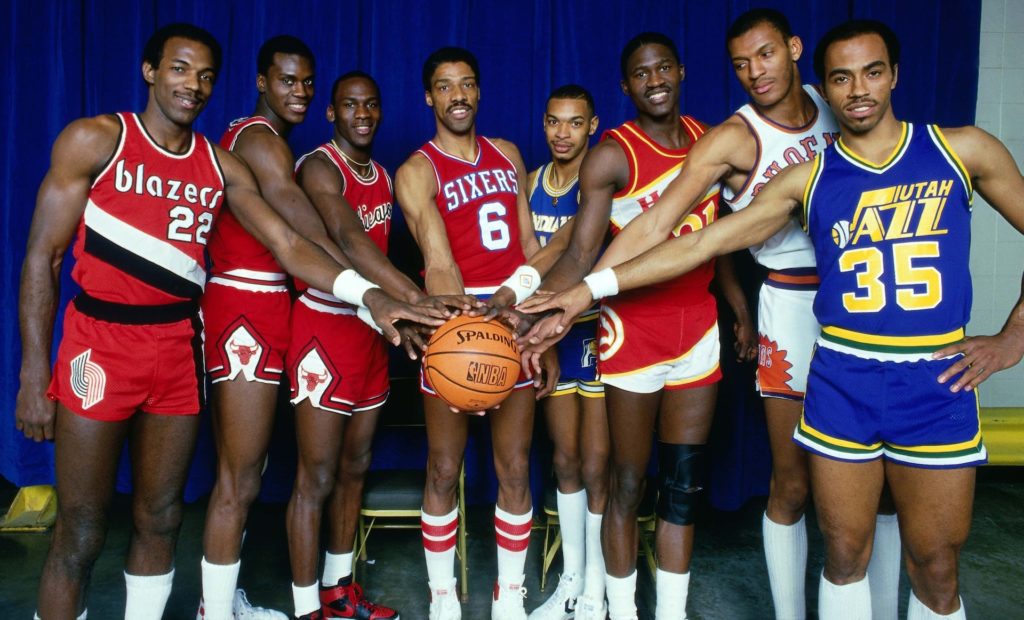
Much to the shock of Nike staff, Jordan proclaimed “I’m not wearing that shoe, I’ll look like a clown” when he was presented with the prototype of the Jordan 1. Designed by Nike’s Creative Director Peter Moore, the sneaker was a classic high-top silhouette. Made from leather, it featured a thick white sole, perforated toe, Nike ‘swoosh’ ticks on the inside and outside of the shoe, 9 sets of lace holes, Air Jordan branding at the ankle and Nike branding on the tongue. The sneakers would retail at $65 (a reasonably high price at the time) and were released in September of 1985. Still with a strong allegiance to his college home of North Carolina and the colors of his Tar Heels, Jordan was also quoted as saying that the black and red colourway of the Jordan 1 were “the devil’s colours”.

While the sneaker is undoubtedly a great design and was likely to be successful whatever the case, what really increased demand was that the sneaker was ‘banned’ by the NBA. It’s said that it broke the Association’s uniform regulations and that Jordan himself was fined $5,000 per game for wearing them. Commissioner David Stern felt that the shoe went against the ‘uniformity of uniform’ rule, which entailed players having to wear shoes that matched their team’s uniform and their teammates sneakers. In the case of the Bred, it was lacking the color white and stood out against the team’s existing footwear. However, there is no photo evidence to suggest that the Bred was actually game-worn by the man himself. Jordan did wear the Nike ‘Airship’ – which bares an uncanny resemblance to the Jordan 1 – in black and red for one pre-season game against the Knicks and was supposedly sent a letter as a warning. The letter stated that “the wearing of certain red and black NIKE basketball shoes” was prohibited. But it didn’t matter. Nike seized the opportunity with a cunning ad campaign that capitalized on the ‘forbidden fruit’ that was the Jordan 1 Bred

As if that wasn’t enough, Michael wore the Bred Jordan 1 during the famous 1985 Slam Dunk Contest at the Hoover Dome in Indianapolis. Although the rookie was beaten by Dominique Wilkins of the Atlanta Hawks – known as ‘The Human Highlight Film’ – the contest was hard fought and down to the wire. And although Jordan didn’t win, it didn’t matter. The ’85 Slam Dunk contest carved its place in history as one of the greatest of all time and Jordan was there in the thick of it. Wearing the Bred Jordan 1.

Early orders and sales of the Air Jordan 1 brought Nike a comfortable $55M across a number of colourways and its success has continued during its 35 year history. Sure, the Jordan 1 is just as recognizable in the ‘Chicago’ (red / white / black) or ‘Royal’ (blue / black) colourway, but the allure and legend of the Bred catapulted the sneaker into stardom. So much so that it was one of the first sneakers which Nike retro-d in in 1994 (a term used when Nike replicated a vintage sneaker at a later date, with the intention that the retro remains as close as possible to the original) and then again in 2001. Due to the huge demand of the ’94 model, the 2001 was a more accessible entry into the world ofAir Jordan and arguably the best ready to wear retro Later, in 2011, another version of the shoe would follow, which Nike dubbed the ‘banned’ Air Jordan 1 for the first time. Again, in 2013, the sneaker was subject of a re-mastered version which was seen by fans as perilously close to the original from 28 years earlier.

Continuing to prove the relevance of the sneaker and having clearly overcome his first impressions, Michael wore his Jordan 1 from 1985 13 years later on March 8th 1998 at Madison Square Garden. It would be his last game as a Bull in the Big Apple. Although the sneaker was in the Chicago colourway, it was a fitting tribute to his team and the city he loved. And I guess he couldn’t risk the Bred being ‘banned’ again?


On reflection, it’s easy to see why the legacy of the Air Jordan 1 has left such a seismic impact not only on street style or sneaker culture, but the modern man’s wardrobe. It is an icon of menswear which has been adopted by generations due to its classic shape and influential story. It’s easy to wear and simple to style, whether it’s part of a vintage inspired look like Alessandro Squarzi or a street ‘fit by ASAP Rocky, we all need the Air Jordan 1 in our rotation.

And what better example than the first Bred retro from 2001? Here at Bulang & Sons we’re thrilled to offer the sought after Bred from 17 years ago, a sneaker which sparked Nike’s subsequent legacy of retros. We strongly feel that it deserves its place as a Curated Classic and you can check out the brand new pair form 2001 we have for sale here.

